Commercial mushroom farming or fungiculture is not a new business idea. It’s a pretty old business in many countries around the world. Commercial mushroom farming has been in vogue for almost 200 years. Actually, fungiculture or mushroom farming is the cultivation or growing practice of mushrooms and other fungi. And a mushroom farm is the business of growing fungi for many different purposes. And people practice mushroom farming for yielding food, medicine, construction materials and other products.
A mushroom is the fleshy, spore-bearing fruiting body of a fungus. It is typically produced above ground, on soil or on it’s food source. The standard for the name “mushroom” is the cultivated white button mushroom, Agaricus bisporus; hence the word “mushroom” is most often applied to those fungi (Basidiomycota, Agaricomycetes) that have a stem (stipe), a cap (pileus), and gills (lamellae, sing. lamella) on the underside of the cap.[1]
Mushrooms are not plants, and they require different conditions for optimal growth. The plants generally develop through photosynthesis, a process that converts atmospheric carbon dioxide into carbohyrades, especially cellulose.
While sunlight provides an energy source for plants, mushrooms derive all of their energy and growth materials from their growth medium, through biochemical decomposition processes. This does not mean that light is an irrelevant requirement, since some fungi use light as a signal for fruiting.
However, all the materials for growth must already be present in the growth medium. Mushrooms grow well at relative humidity levels of around 95–100%, and substrate moisture levels of 50 to 75%.
Mushrooms actually reproduce asexually through spores, instead of seeds. And all mushroom growing techniques require the correct combination of humidity, temperature, substrate and inoculum. Poland, Netherlands, Belgium, Lithuania are the major exporting mushrooms countries in Europe and countries like UK, Germany, France, Russia are considered to be the major importing countries.
However, commercial mushroom farming is a very good, easy and profitable business. You can make good profits from this business if you can do everything perfectly.
Nutritional Facts of Mushrooms
Raw brown mushrooms are less than 1% fat, 2% protein, 4% carbohydrates and 92% water. A 100 grams raw mushrooms serving provide 22 calories and are a rich source (20% or more of the Daily Value, DV) of B vitamins, such as riboflavin, niacin and pantothenic acid, selenium (37% DV) and copper (25% DV), and a moderate source (10-19% DV) of phosphorus, zinc and potassium. They have minimal or no vitamin C and sodium content.
Health Benefits of Mushrooms
Mushrooms are widely known for their great taste and amazing health benefit. They are packed with a ton of essential vitamins and minerals. Mushrooms are generally a low-calorie food, but loaded with many health-boosting vitamins, minerals and antioxidants. However, here we are trying to list the top health benefits of consuming mushrooms.
- Mushrooms are very high in potassium. And potassium help for reducing the negative impact that sodium can have on our body. Potassium also lessens the tension in blood vessels, potentially helping to lower blood pressure.
- The anti-inflammatory effect of mushrooms has been shown to greatly improve the efficiency of the immune system.
- Mushrooms are not high in carbs, so adding it to your regular diet can help you loose weight.
- Mushrooms may help to keep you young. They contain a super-high concentration of two antioxidants, ergothioneine and glutathione.
- Mushrooms can protect your brain as you age, and may boost your memory.
- People who consume mushrooms regularly are less prone to depression. So consumption of mushrooms can lift your mood.
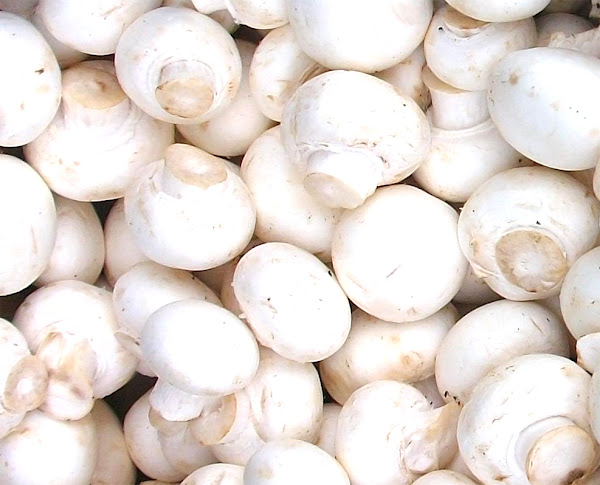
Mushroom Market Potential
The main consumers of mushrooms are Chinese food restaurant, hotels, clubs and also households. In some big cities, mushrooms are sold through vegetable shops. You should determine your marketing strategies before starting commercial mushroom farming business.
Advantages of Mushroom Farming Business
Mushroom farming has numerous benefits or advantages. Here we are trying to list the top advantages of commercial mushroom farming business.
- Mushroom farming yields best profits with minimal care and investment.
- Oyster mushroom cultivation is a sustainable business where different natural resources can be used as a substrate.
- The number of people becoming interested in this field is rapidly increasing.
- The possibility of creating a viable business in urban environments by using coffee grounds is appealing for many entrepreneurs.
- Capital requirement is relatively less as compared to other crop farming business.
- You will get back your invested money within a very short period of time.
- Both demand and value of mushrooms are increasing gradually.
- Commercial production of mushrooms can be a very good employment source, especially for the educated but unemployed people.
- Mushrooms are tasty, nutritious and have numerous health benefits. And you can enjoy fresh mushrooms if you start your own production
How to Start Mushroom Farming Business
Starting mushroom farming business commercially is not like starting other crop farming business. Mushrooms are not plants actually, they they grow pretty differently. So, we recommend having practical training before starting this business. Here we are trying to describe more information about starting and operating a successful mushroom farming business.
Different Types of Mushrooms
Mushrooms are of three different types. And they are button mushroom, oyster mushrooms and paddy straw mushrooms. Among all of these types, the button mushroom is the most popular one.
Growers
There are 2 main types of mushrooms growers in India, seasonal growers and round the year growers. Both of these grow white button mushrooms for the domestic market and also for export.
Manufacturing Process
Here we are trying to describe more about the manufacturing process of mushrooms.
Preparing Spawn
Spawns are readily available in the market. You can easily purchase from the market.
Compost Preparation
There are several mixtures of compost formation and you can choose any. It is actually prepared using wheat or paddy straw into which various nutrients are added. In synthetic compost, wheat straw is supplemented with nitrogen nutrients (organic and inorganic). Inorganic compost, horse dung is added.
The compost can be prepared by the long or short composting method. Only those who have a pasteurizing facility can employ a short cut method. But in a long method, 7-8 turns at regular intervals are required for a period of 28 days. Generally, good compost is dark-brown, ammonia free, little greasiness and having around 65-70% moisture.
Spacing
You can follow any of the three procedures mentioned below for mixing spawn with compost.
Layer Spewing
Compost is divided into equal layers and spawns spread in each layer. The result is spawning in different layers.
Surface Spewing
3-5 cm of compost is remixed, spawns spread and covered with compost.
Through Spewing
Spawns are mixed with compost and pressed. A bottle of spawns is good enough for 35 kg of compost spread over 0.75 square meter area. That is spawn to compost ratio is 0.5%.
The trays are then arranged in tiers in the cropping room and covered with newspapers. 2% formalin is sprinkled over them. And desired room temperature for good growth is around 18°C with 95% humidity.
Casing
Spawned compost is covered with sterilized hay, chalk powder etc. Also ensure proper room ventilation.
Pests and diseases
Parasitic insects, bacteria and other fungi all pose risks to indoor production. The sciarid fly or phorid fly may lay eggs in the growth medium, which hatch into maggots and damage developing mushrooms during all growth stages. Bacterial blotch caused by Pseudomonas bacteria or patches of Trichoderma green mold also pose a risk during the fruiting stage. Pesticides and sanitizing agents are available to use against these infestations. Biological controls for insect sciarid and phorid flies have also been proposed. An epidemic of Trichoderma green mold significantly affected mushroom production: “From 1994–96, crop losses in Pennsylvania ranged from 30 to 100%”.
Cropping
Mushrooms prop up in 30 to 35 days. And these fungal fruit bodies appear in flushes and harvested when buttons are tightly closed. In a cropping cycle of 8-10 weeks, an average yield of 10 kg mushrooms per square meter is feasible.
Marketing
Mushrooms are not common and popular in every part of the country. So, you have to determine your marketing strategies first before starting commercial mushroom farming business.
These are the common steps and ways for starting and operating a successful mushroom farming business. Hope this guide has helped you! Good luck and may God bless you!

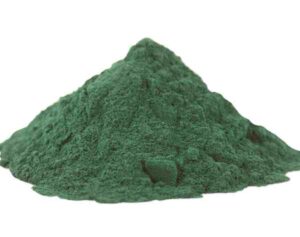
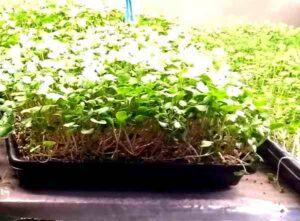

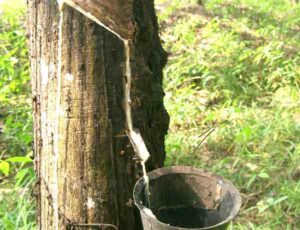
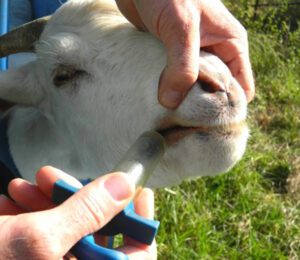

This is so interesting. keep it up. Thank you so much for sharing these blogs.